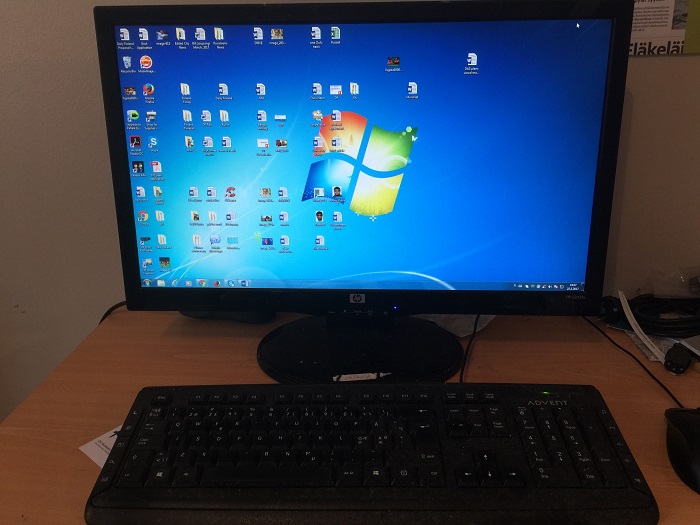Finland to host new pan-European supercomputer
Published : 11 Jun 2019, 08:06
Updated : 11 Jun 2019, 12:02
Finland will host a new pan-European supercomputer that will help build world-class computing and data services.
The EuroHPC supercomputer will provide major benefits for research, industry, knowledge development, employment and competitiveness in Finland and Europe, said an official press release.
“The decision to place the supercomputer at CSC’s Kajaani data centre in Finland came about as a result of joint efforts of eight European countries. For Finland, EuroHPC Joint Undertaking is a massive opportunity that will lift our national data management and computing to a new level and that will also increase our competitiveness in cutting-edge research. This investment will place Finland among the leading data centres not only in Europe but in the world,” said Permanent Secretary Anita Lehikoinen from the ministry of education and culture.
“We seek to encourage businesses to use more high-performance computing in their activities. A supercomputer hosted in Finland will increase awareness of the possibilities of high-performance computing and support our efforts to attract top talent to Finland,” said Permanent Secretary Jari Gustafsson from the ministry of economic affairs and employment.
The pan-European supercomputer, which will be deployed by the end of 2020, will be about 10 times more powerful than the most powerful supercomputer that currently exists in Europe. Besides Finland, both Italy and Spain will host similar supercomputers.
The European Union and its member states have committed to investing approximately EUR 1.4 billion in these projects. The budget for the data ecosystem placed in Kajaani will be around EUR 200 million, half of which will come from the European Union and half from the consortium countries led by Finland. Finland’s share of this financing will be EUR 50 million. Finnish scientists and public users will have guaranteed access to 24 per cent of the supercomputer’s operating time.


